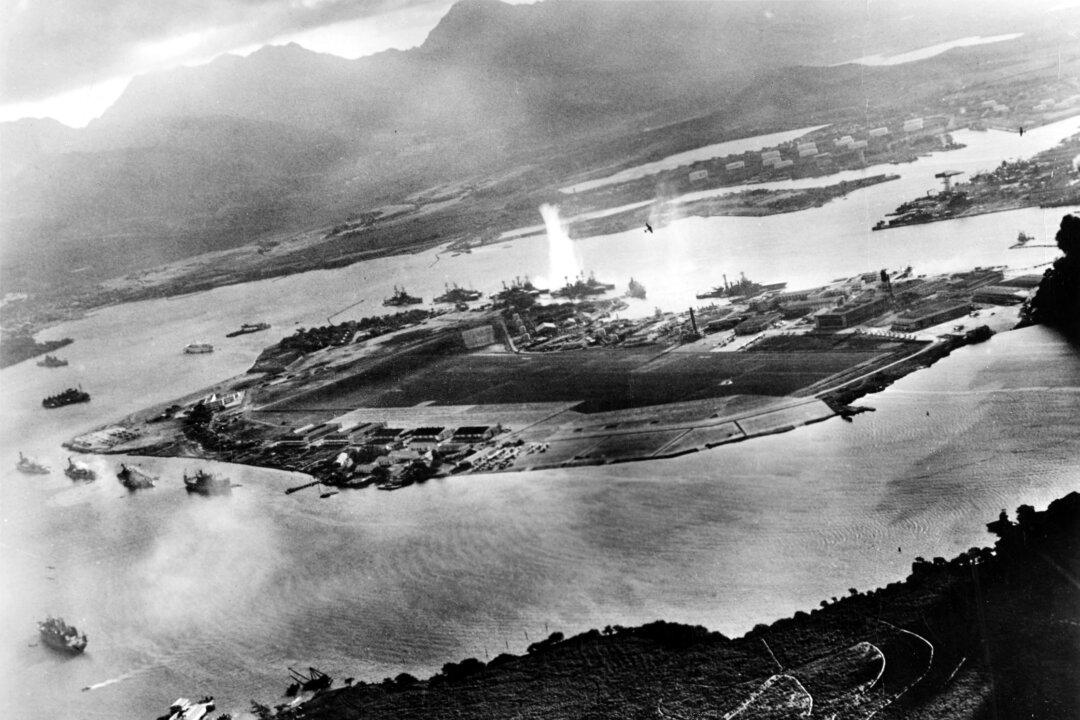A Sunday morning in Hawaii, and the United States would never be the same. It’s Dec. 7, 1941.
Since that fateful day, countless books have been written and films produced about the Japanese attack on Pearl Harbor, now 82 years in our history’s past.

A Sunday morning in Hawaii, and the United States would never be the same. It’s Dec. 7, 1941.
Since that fateful day, countless books have been written and films produced about the Japanese attack on Pearl Harbor, now 82 years in our history’s past.